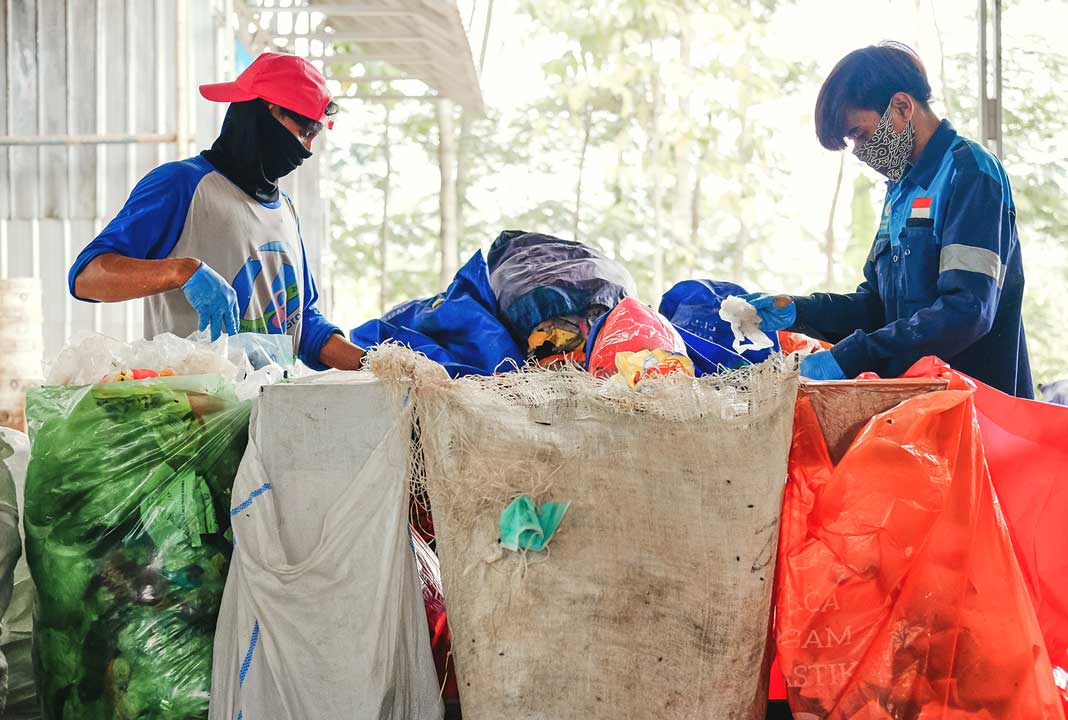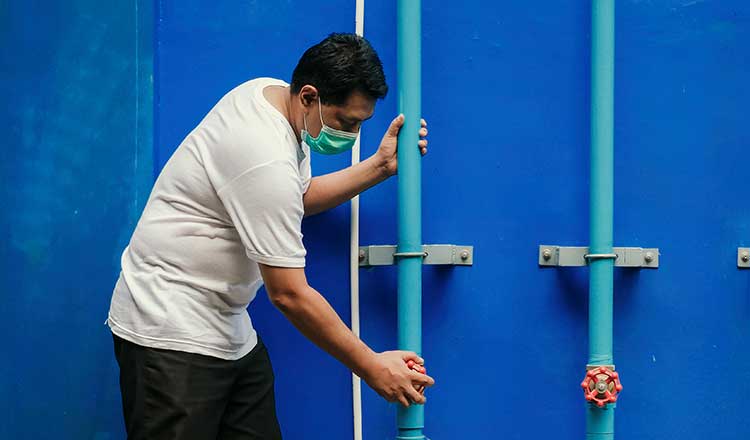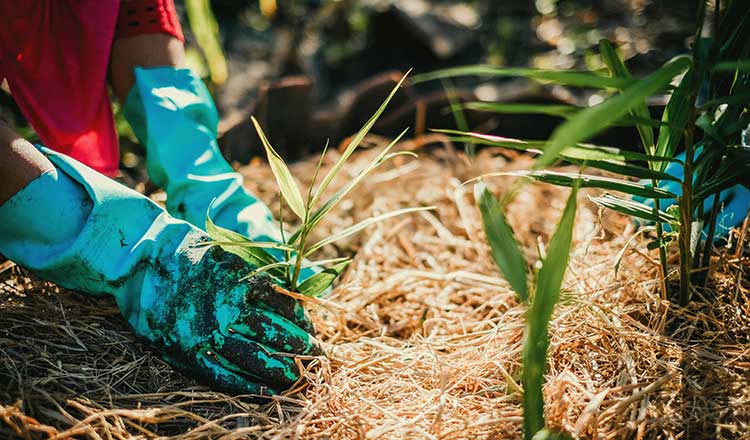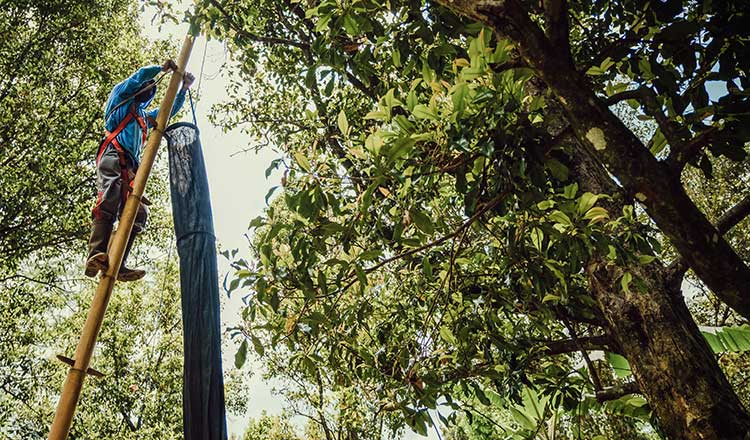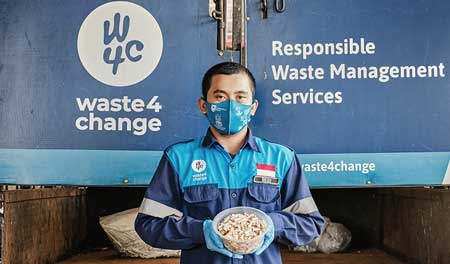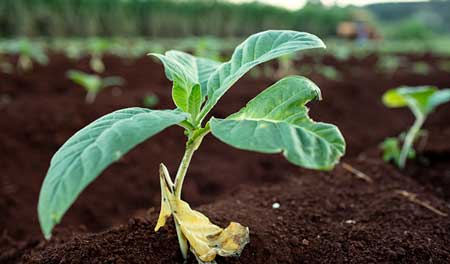| INTEGRATED REPORT 2020 |
Reducing, reusing, and recycling benefits our environment and helps to reduce greenhouse gas emissions. Every actor in society should reuse and recycle as much as possible. Landfill, one of the worst forms of waste management, should be made obsolete.
Topic description
To PMI, waste reduction means minimizing the waste generated by our manufacturing facilities and offices, promoting materials reuse and recycling, and striving for responsible disposal.
Nonhazardous waste arising from our operations includes office and canteen waste. The main categories of hazardous waste in our factories are oils, lubricants, flavor residues, paints, solvents, chemicals such as nicotine from laboratories, and activated carbon filters.
Waste reduction is a tier 2 topic within our strategic pillar Protecting the environment.

Our progress in 2020
read more
The right thing to do
The business case
The resources we use at PMI to manufacture our products are valuable, so we aim to ensure they are used effectively, avoiding waste when possible. Waste minimization creates cost savings and means that fewer materials need to be disposed of. Where possible, we create value from by-products through recycling and energy production. Further, the proper management of by-products from tobacco-processing is key to preventing illicit trade: Their correct disposal ensures they are not diverted for illegal activities.
Achieving our aims
We are committed to reducing the waste generated in our operations and to identifying and applying the most sustainable waste treatment options available. We manage all waste from any of our production sites, including waste from catering, rest areas, laboratories, and health care facilities. At PMI, we focus on the most valuable waste streams, such as tobacco, paper, card, and cellulose acetate tow.
We are committed to achieving virtually zero waste to landfill across all PMI manufacturing operations by 2022. We aim to achieve this while complying with all relevant waste regulations and standards. All our manufacturing sites have annual waste targets that are supported by specific projects to ensure their delivery.
We apply a “zero waste” philosophy, but we acknowledge that even the most efficient systems inevitably involve a small amount of landfill; for instance, waste-to-energy ash residue, waste legally mandated for landfill, and greywater sludge.
Our standard on the management of hazardous materials guides specific treatment options for hazardous waste. We dispose of unused flavors under specific national waste treatment protocols. In addition, we are aligned with the Basel Convention, ensuring no transshipment of hazardous waste occurs in our operations.
Our central manufacturing sustainability department defines the waste management framework for delivery by local teams. We use an internal waste management standard to guide both how we manage waste in all PMI manufacturing centers, laboratories, and warehouses, and how we organize waste contractors. Facility managers are responsible for assessing all types of waste arising on a given site, as well as for the security arrangements and legal requirements for each type of waste. Further, they control how waste is stored, handled, transported, segregated, labeled, and treated by waste contractors. A site-level waste management program accounts for ecological, social, and economic impacts and governs the development and implementation of relevant waste initiatives. A waste hierarchy—minimize, reuse, recycle, recover, incinerate/landfill—is applied under each plan. Potential waste impacts such as spills are included in our corporate integrated risk assessment and subject to regular review.

Our progress in 2020
read more
